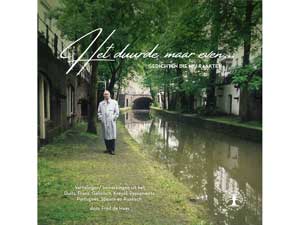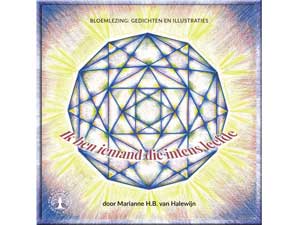Hoofdredactie
De Quest for wisdom foundation deelt graag berichten uit de internationale social media teneinde aandacht te vragen voor prangende situaties en, of inspirerende voorbeelden te tonen van interculturele levenskunst.
In 1817 vond een Schotse diplomaat de bijzondere archeologische resten van ‘de stad Ani van 1001 kerken, de hoofdstad van het Middeleeuwse Armenië’ , een belangrijk geopolitiek gebied, waar de Ottomaanse, Perzische en Russische wereldrijken zich kruisten.
Het was een van de eerste koninkrijken die het christendom als staatsgodsdienst aannamen.
The capital of medieval Armenia, the city of Ani was a thriving center of trade and faith, survived by its haunting ruins
National Geographic History Magazine, Antonio Ratti, April 9, 2020
East of the Turkish city of Kars lies a complex of lonely medieval churches. Octagonal towers, crumbling walls, and fallen columns lay scattered across vast grasslands. In the gorge that drops away to the Akhuryan River — which forms Turkey’s border with the modern state of Armenia — is an ancient bridge, broken in the middle.
These ruins are all that remain of Ani[1], the cosmopolitan capital of medieval Armenia, one of the earliest kingdoms to adopt Christianity as its state religion in the early A.D. 300s. The site of a fifth-century fortification, Ani was chosen to be Armenia’s capital in the 10th century. It became home to as many as 100,000 people, and was so richly endowed with sacred buildings that it came to be known as the “city of 1,001 churches.”
Read more This abandoned site was once the ‘City of 1,001 Churches’
[1] Lees meer over: The Church of St. Gregory the Illuminator in Ani

















